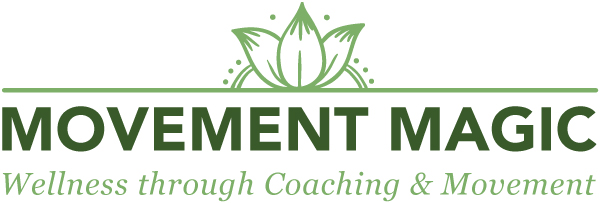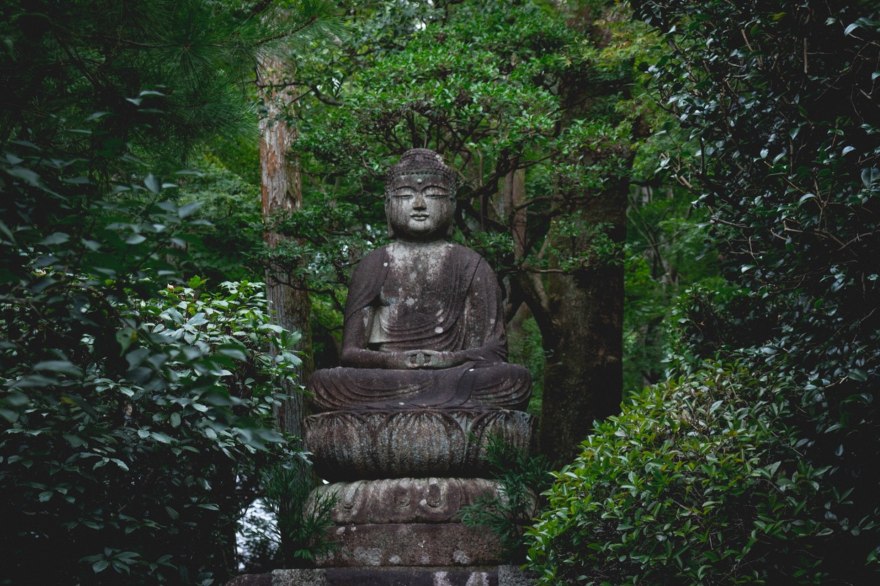Meditation is an ancient spiritual practice of training awareness. The oldest evidence of meditation practice comes from ancient wall arts in the Indian subcontinent, from around 5000 to 3500 BC, showing people in seated postures, meditating with their eyes half closed. Meditation has a very long tradition in Hinduism as a spiritual and religious practice. Siddhartha Gotama, later known as the Buddha, was a spiritual teacher who included ethical training and meditative practices in his teaching. Both this traditions (and many more) are very much alive and well and growing in the Western world.
There are so many misconceptions about meditation, what it is and what it does. Many people believe that meditation is about emptying the mind, about not thinking or feeling. They believe it requires you to sit still, maybe for hours, and do nothing. They might even believe that it’s a bit woo woo – maybe they’ll have to chant or enter into a weird trance-like state. Many people, even if they believe it will benefit them, think that it’s beyond their reach. They just know that they’re too restless, too distractible, to do something that requires them to calm their mind.
So what is meditation? Meditation trains us to be present to what is there. This could be the sights or sounds around us. It could be the emotions within us. It could be the sensations in the body, or the feel of our clothing on our skin. It could be the thoughts that are passing through our minds. What is here? What is with me? What is in my body? What is in my mind? What do I hear or smell or touch? Most of the time, we are not present to any of this. We eat while chatting or listening to music or in front of the TV – we don’t taste the food. We walk while thinking and worrying or planning – we don’t notice the colours or the birds or the sensation of our feet on the ground.
If we pay attention to our minds, we will notice that a lot of our thoughts are negative and critical, particularly of ourselves. It seems to be the way we are programmed. We are terribly hard on ourselves. We constantly get out our whips and our internal judge: we are never good enough. Meditation helps us see that these critical thoughts are just that: thoughts passing by. The thoughts often create negative emotions: sadness or anxiety, guilt or regret. So meditation cultivates an attitude of acceptance of ourselves. Whatever arises in the mind or the body is okay. We can be curious about it, or we can let it go.
Before I studied health coaching, I had dabbled in different forms of meditation. Mostly in the hope that it would help me to sleep, or calm me down when I felt stressed. Usually I just did my own thing. Which seemed, surprisingly, to work, much of the time. But my meditations were haphazard, inconsistent. When I enrolled in the ADAPT Functional Health Coaching programme, I was surprised to see that Mindfulness was a strong part of the curriculum, that ran right the way through the year. We were taught different forms of meditation, and encouraged to practise regularly. At first, it was the part of the programme that I tried to fit in when I’d completed everything else. But gradually I began to meditate more frequently. In 2020, when the pandemic arrived, and we were hit with a very strict lockdown here in South Africa, I knew I had to intensify my meditation practice. We were not allowed out of our homes for the first six weeks, except for essential business, not even to go for a walk. With a group of other health coaches, we set up a daily morning meditation meeting on Zoom. We would meditate for half an hour, and then connect for a chat. This really solidified my meditation practice, and now my day feels incomplete without a morning, and sometimes an evening, meditation. I find it helps my mood, my focus and concentration, my sleep, and without doubt, it calms my nervous system and reduces stress. Mostly it has helped me to become present to what is there, inside me, around me, and with my clients.
What did I learn along the way that I can share? One of the things I learnt was that even a five minute, or a two minute meditation, was better than nothing. The time spent meditating was not as important as setting up a regular habit. I explored various apps, so that I can recommend particular ones for particular clients. I tried Calm, which has some lovely “sleep stories”, including my favourite ones: “Wonder” spoken by Matthew McConaughey, and “Blue Gold” by Stephen Fry about the lavender fields in France. And plenty of lovely relaxing soundscapes, music and meditations. I then tried Sam Harris’s “Waking up”, which is definitely much more for those who want the theory of meditation. He does long interviews with people about meditation, and has an introductory course for you to complete. My personal opinion is that it’s too “heady”. Even the meditations feel philosophical rather than practical. I’m now enjoying Ten Percent, which is quite light, and has a mix of courses such as Mindful Eating, Healthy Habits, The Basics, Meditation for Skeptics, etc. In the courses, with each lesson, there is usually a very short interview with the meditation teacher, followed by a meditation. This gives you an overview of what their approach is, and what each lesson is teaching. It’s the opposite of “heady” – extremely down-to-earth and practical. There are many single meditations as well, that may focus on, for example, emotions or health. There are also lots of meditations on Youtube. I like to listen to Sri Sri Ravi Shankar, of the Art of Living foundation – his meditations are simple and very relaxing. Sometimes they are in Urdu and in English, and I quite enjoy hearing the sounds of this other language. And sometimes I just sit in silence, without any guidance. These are usually my deepest meditations.
What have I learnt about meditation itself? I’ve learnt what it’s not: It’s not emptying the mind. In meditation, thoughts always arise. The trick is to catch yourself and notice them, and bring the attention back to the breath or body. I’ve learnt that sitting with the spine straight is important. This intrigues me, actually – I notice always that when my spine is not straight, something feels wrong. Although some teachers say you can do it even lying down, this doesn’t work for me. In meditation the intention is to enhance attention- you become very alert and present. If I’m lying down I just get sleepy!
I’ve learnt that it helps to have an anchor: usually this is the breath. There are many ways of using the breath, for example using a simple, calming breathing technique, such as 6-4-7- (inhaling for 6 counts, holding the breath for 4, and exhaling for 7.) Using the breath as an anchor means coming back to the breath when you notice your mind wandering.
I’ve learnt that certain sounds carry weight – the “Aum” sound that is commonly used in eastern meditation has a very real resonance throughout the body, and a tangible calming effect.
I’ve learnt that it’s a journey, and that I have a long way to go. But so far it’s an extremely pleasurable journey. When I manage to go into a deep meditative state, it’s bliss. You will have seen many depictions of the Buddha I’m sure. He’s always smiling. He’s in his blissful state. When that happens, you will want more. So begin.


